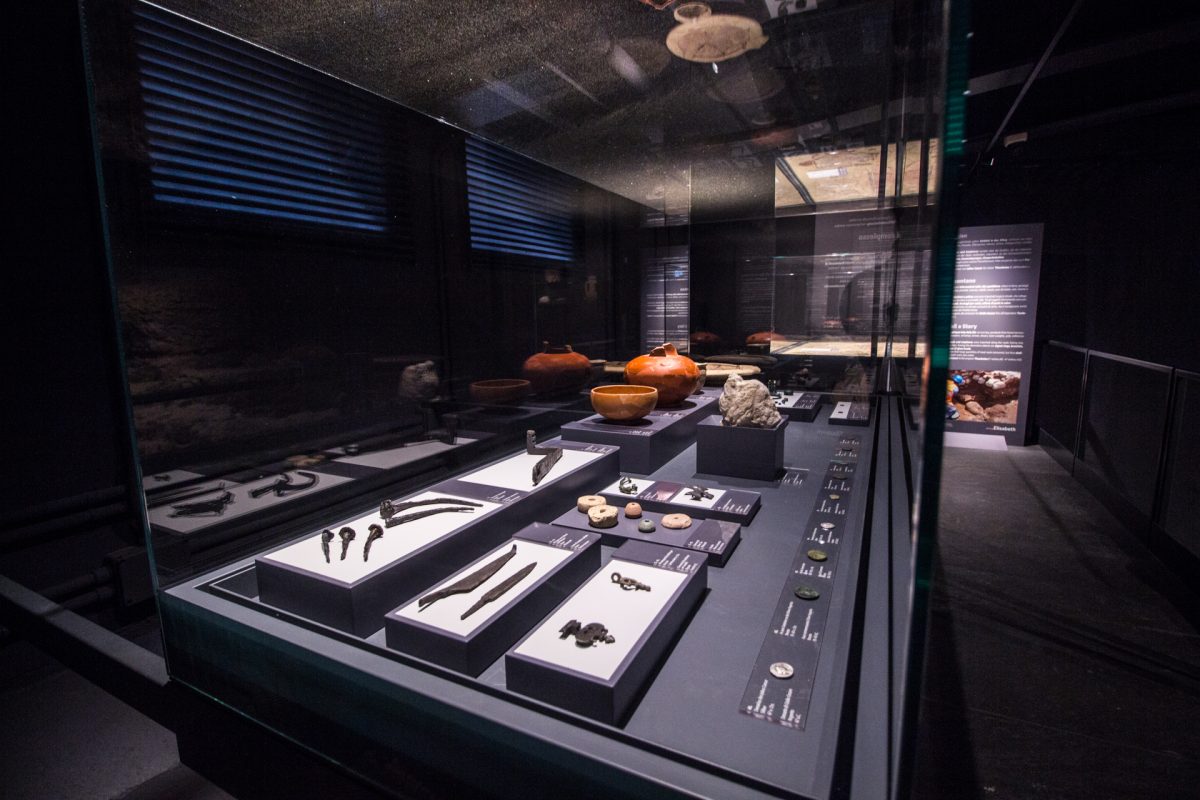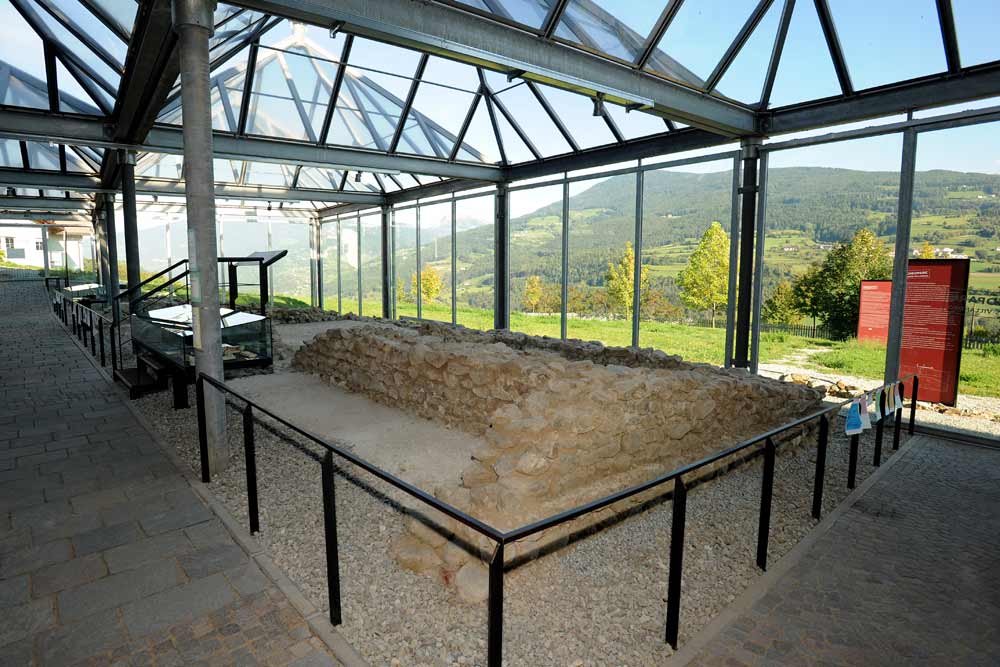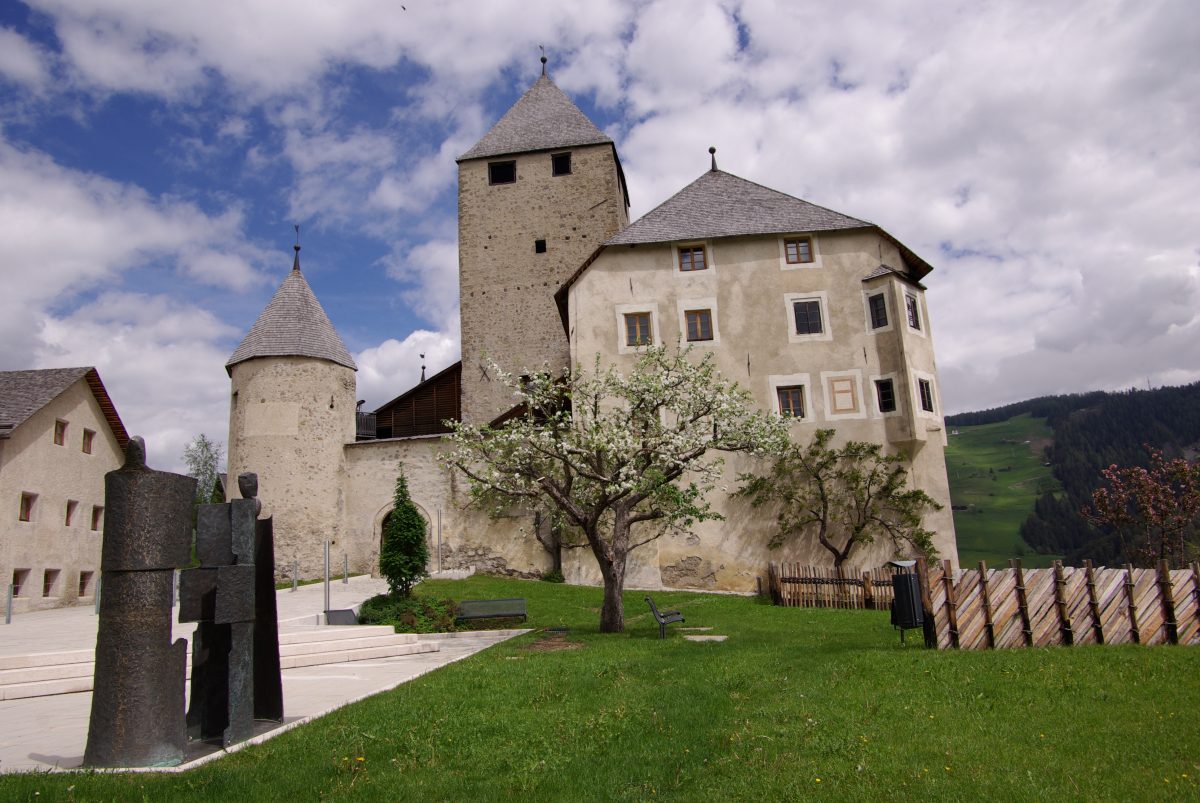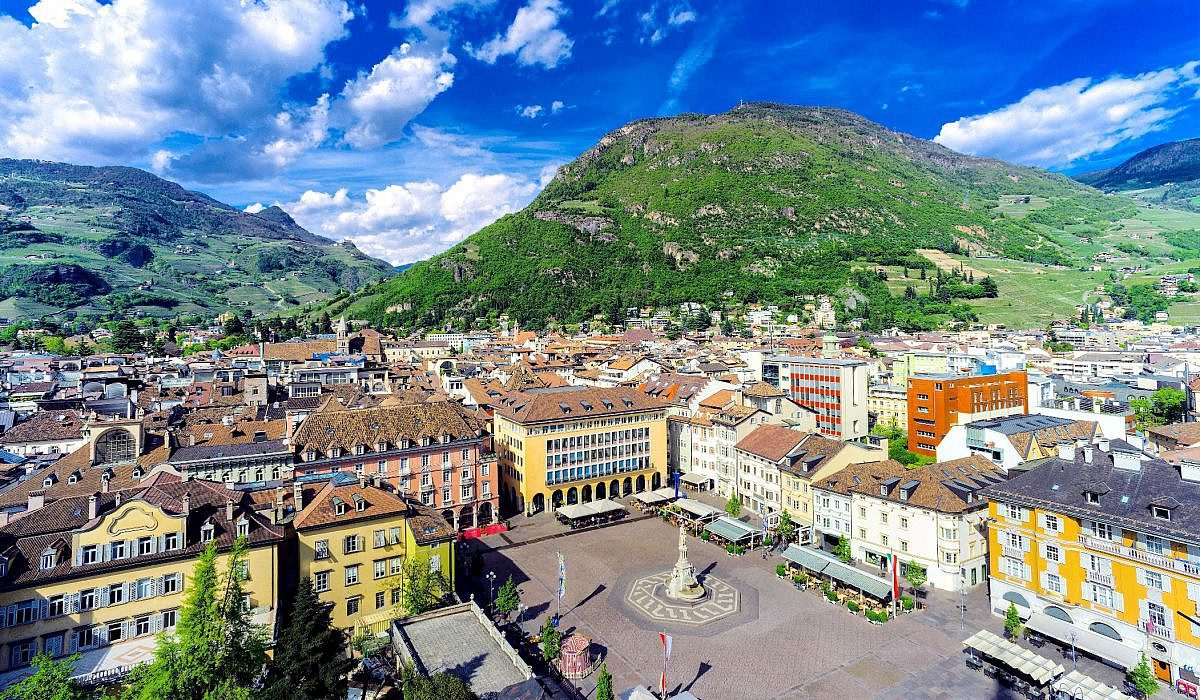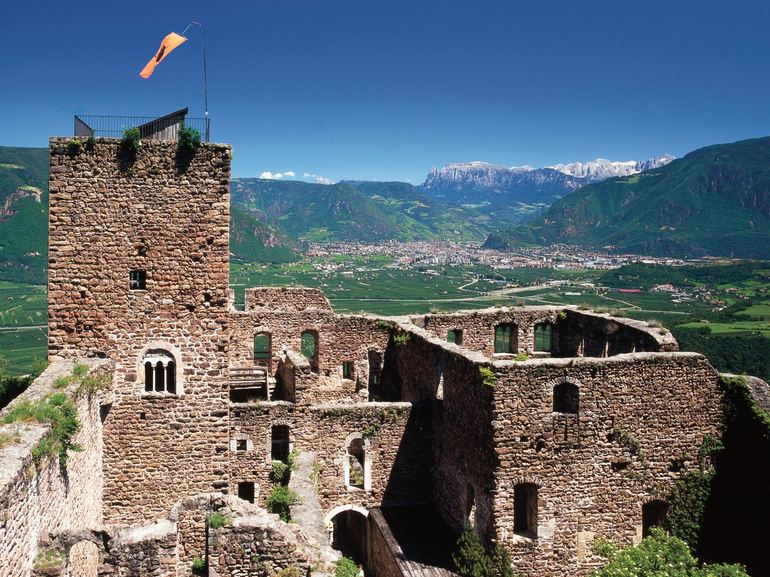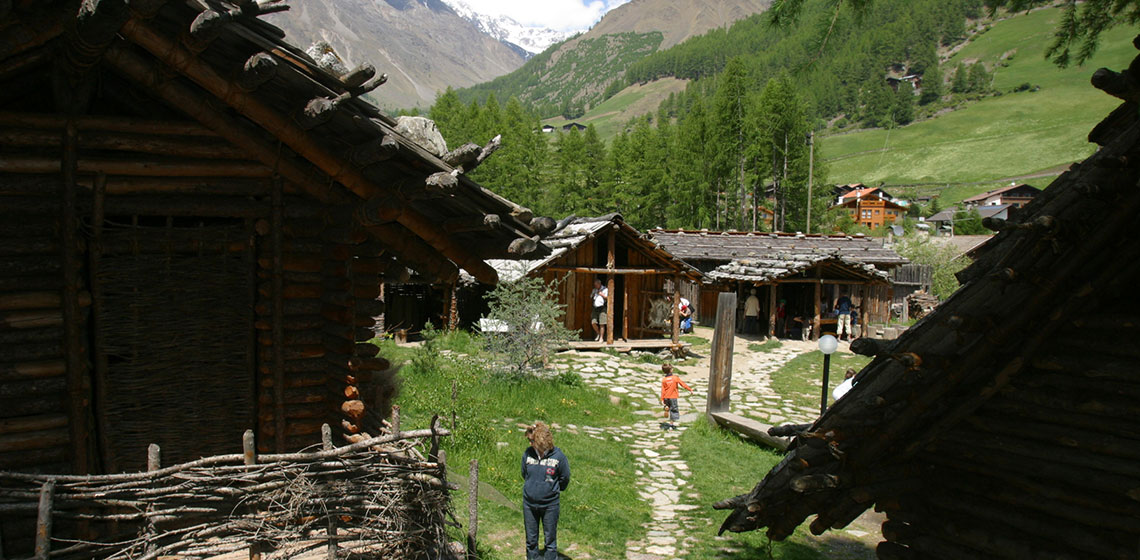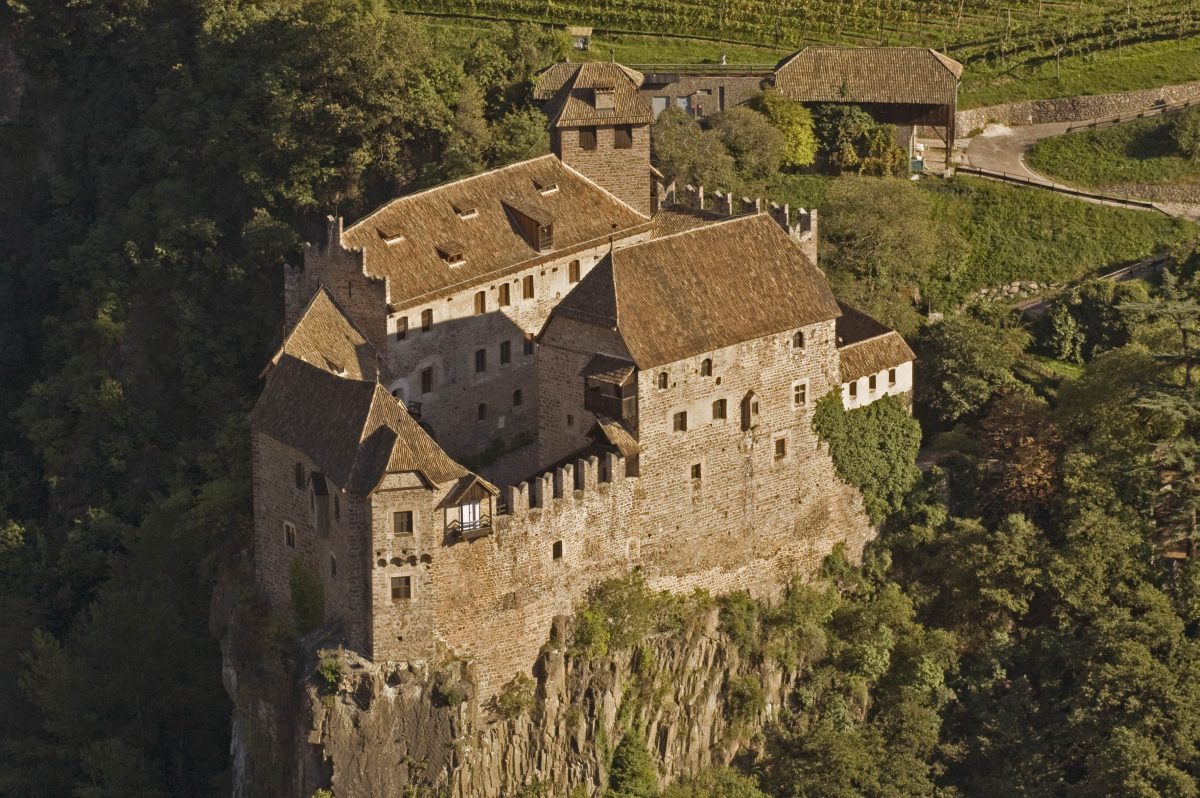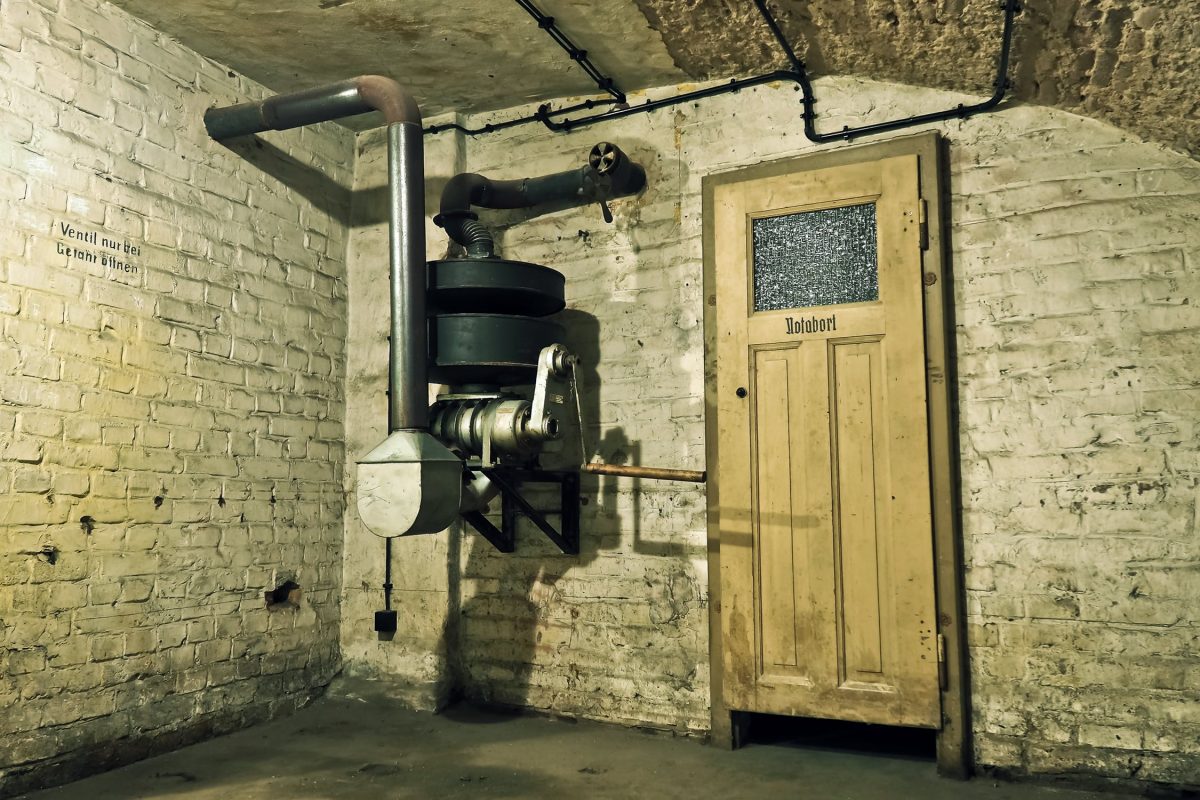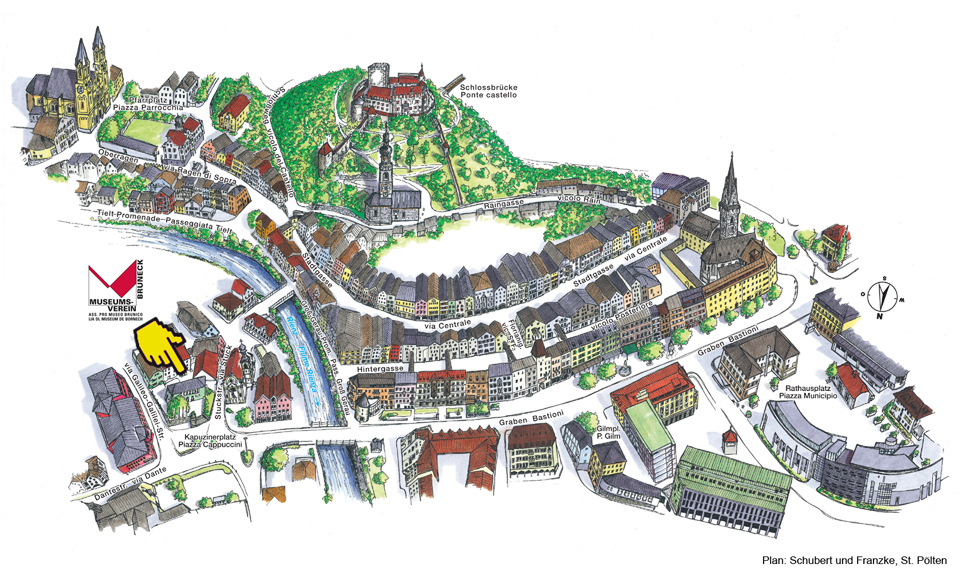How to reach Runkelstein castle
Runkelstein castle impresses with its unique mural paintings, the greatest cycle of medieval frescoes with secular themes, well conserved.
The romanesque castle was erected by the brothers Friedrich and Beral of Wangen, Lords, in 1237. From this really favourable strategic positionn it was possible to contol the trade route to or from the North.
In 1385 Franz and Niklaus Vintler, two descendants of an old and wealthy merchant family of Bolzano, bought Castle Runkelstein. They were responsible for some restoration works in gothic style giving a more representative touch to the castle without loosing the defensive character.
The brothers built the socalled summer house located in the northern part of the castle. The family Vintler, especially Niklaus, had a good relationship to the sovereign of Tyrol and held some important functions and positions. They wheren’t noble, but with the possession of such a castle with splendid design and furnishing they could express their richness. They commissioned to decorate the western palace and the summer house with the frescoes.
In five rooms of the western palace you can see scenes of the daily of some nobles, for example a ball-game, a dance, a joust and hunting scenes. Especially the frescoes with the themes of a joust are fascinating: the knights in armour on horses with their heraldic signs.
In the summer house are represented famous literary themes of the medieval time: the tragic love-story about Tristan and Isolde and the story about a young knight named Garel of the Blooming Valley who lived at the court of King Arthur and his adventures.
At the outer wall of the summer house you can see the so called “Triaden”, scenes with the heroes of the antiquity, the Old Testament and the Christianity but also famous knights, some giants and gnomes.
Opening hours:
Summer (March 15 – November 1):
Tuesday – Sunday: 10am – 6pm
Monday closed
Winter (November 2 -March 14):
Tuesday – Sunday: 10am – 5pm
Monday closed
Price:
| Adults |
8,00 € |
| Family (2 adults and 2 children) |
16,00 € |
| Additional cost for guided tour |
2,70 € |
| Reduced price (Students, Seniors of 65 years or over, disabled people, groups of 10 or more) |
5,50 € |
| Scholars |
2,50 € |
| Guided tours for school classes |
14,50 € |
Contact:
Runkelstein Castle
Via San Antonio 15
39100 Bolzano
+39 0471-329808
